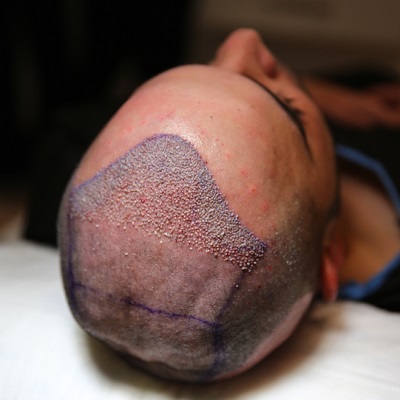Hair transplants are increasingly popular among individuals seeking to combat hair loss and restore a fuller, natural-looking hairline. However, many prospective patients wonder how long the results of a hair transplant will last. Understanding the longevity of hair transplants involves considering various factors, including the method of transplantation, individual characteristics, and aftercare.
1. Understanding Hair Transplants:
Hair transplants in Islamabad involve moving hair follicles from a donor site—usually the back or sides of the scalp—to areas experiencing thinning or baldness. There are two primary methods of hair transplantation: Follicular Unit Extraction (FUE) and Follicular Unit Transplantation (FUT).
- FUE involves extracting individual hair follicles using a specialized tool, leaving minimal scarring.
- FUT involves removing a strip of skin from the scalp, which is then dissected into follicular units before being transplanted.
Both methods can yield natural-looking results, but their effectiveness can vary based on individual factors.
2. How Long Do Transplanted Hairs Last?
One of the most encouraging aspects of hair transplants is that the transplanted hair follicles are typically resistant to the hormone dihydrotestosterone (DHT), which causes hair loss. This means that once transplanted, these hair follicles are more likely to continue growing for a long time.
Generally, the results of a hair transplant can last a lifetime. However, several factors can influence the longevity of the results:
3. Factors Affecting Longevity:
- Individual Hair Loss Patterns: The pattern and progression of hair loss can vary significantly between individuals. If a patient continues to lose hair in non-transplanted areas after the procedure, it may create an uneven appearance over time. Understanding your hair loss pattern can help manage expectations.
- Donor Hair Quality: The quality and density of the donor hair play a crucial role in the success and longevity of the transplant. Healthier and denser donor hair tends to yield better results that last longer.
- Surgeon Skill: The expertise of the hair transplant surgeon is vital. A skilled surgeon can ensure the proper placement and handling of hair follicles, which can significantly impact the success and longevity of the transplant.
- Post-Operative Care: Following the surgeon's post-operative instructions is crucial for the survival and growth of transplanted hair follicles. This may include avoiding certain activities, using prescribed medications, and adhering to a proper hair care routine.
- Overall Health and Lifestyle: General health factors such as nutrition, stress levels, and lifestyle choices (e.g., smoking, alcohol consumption) can influence hair growth. Maintaining a healthy lifestyle can contribute to the long-term success of hair transplants.
4. Maintenance and Additional Treatments:
While transplanted hair is expected to last a long time, some individuals may choose to use additional treatments to enhance and maintain their results. Options such as minoxidil (Rogaine) or finasteride (Propecia) can help prevent further hair loss and promote healthy growth, extending the longevity of overall hair density.
5. Conclusion:
In conclusion, hair transplants can provide long-lasting results, often remaining effective for a lifetime. However, several factors—such as individual hair loss patterns, the quality of donor hair, the skill of the surgeon, post-operative care, and overall health—play a crucial role in determining how long the results will last.





Comments